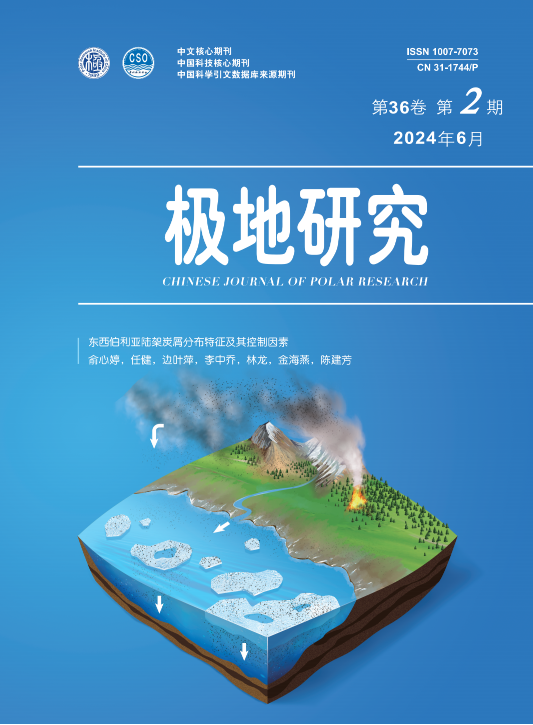|
|
Identification and phylogenetic analysis of soil enzyme-producing bacteria from Fildes Peninsula, Antarctica
YUAN Jialin, DANG Guangzhen, WANG Long, LIU Jie
2024, 36 (2):
221-232.
DOI: 10.13679/j.jdyj.20230002
This study focuses on the soil bacteria isolated from 10 different micro-ecological environments on Fildes Peninsula. The extracellular enzyme producing capacity and species identification of the isolated bacteria were analyzed by special enzyme-producing plate culture and 16S rDNA sequencing methods, respectively. The results showed that most of the strains producing amylase, protease, cellulase, ester hydrolase and alginase were mainly distributed in the areas close to the coast and rich in animals ormosses, but relatively few species of extracellular enzyme producing bacteria were found in the inland of peninsula. Among 125 extracellular enzyme-producing bacteria, 87 strains were found to have high extracellular enzyme-producing capacity, and many of them could produce more than two kinds of enzymes. In addition, none of the isolated bacteria produced gelatinase, carrageenase, or chitinase. Results of the phylogenetic analysis showed that the 64 representative strains with high extracellular enzyme producing capacity were in 7 classes, 17 genera. Among them, the strains with high amylase producing capacity were in 3 classes, 5 genera. Strains with high protease capacity were in 7 classes, 14 genera. Strains with high cellulase capacity were in 1 class,1 genus, Strains with high ester hydrolase capacity were in 4 classes, 7 genera, Strains with high a esculase capacity were in 7 classes, 13 genera, Strains with high DNA hydrolase capacity were in 5 classes, 11 genera. Strains with high catalase capacity were in 2 classes, 2 genera. Strains with high oxidase capacity were in 1 class, 1 genus. In addition, we also found that 6 strains could be the potential novel species in Pedobacter, Chryseobacterium, Flavobacterium, and Kaistella. This study provides valuable reference and strain resources for the research and development of cryogenic microorganisms and cryogenic enzymes.
References |
Related Articles |
Metrics
|

